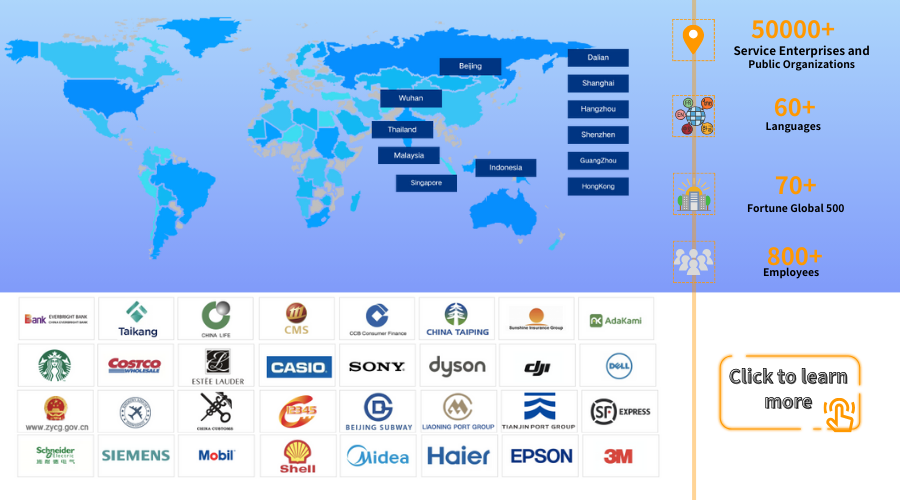Driven by the wave of globalization, the cross-border trade of small commodities has ushered in unprecedented opportunities and challenges. In this fiercely competitive international market, how to stand out and establish a good brand image has become an urgent issue for many small commodity enterprises. As a bridge connecting enterprises with overseas customers, the online
customer service system is gradually becoming an important brand support for the cross-border trade of the small commodity industry.
I. Crossing Language and Cultural Barriers for Barrier-Free Communication
Small commodity enterprises target the global market, with customers from different countries and regions, making language and cultural differences the primary challenge. The powerful multilingual support function of online customer service systems can easily overcome this obstacle. These systems usually support more than 30 mainstream languages, including Chinese, English, Japanese, French, Spanish, etc., covering most countries and regions around the world. When overseas customers consult, the system can automatically switch to the corresponding language interface based on the customer’s selection or input keywords, and assign customer service staff proficient in that language. Moreover, the real-time language translation function further eliminates communication barriers, ensuring that customers’ needs are accurately understood and enterprises’ responses are conveyed precisely.
For example, a small commodity merchant in Yiwu used a multilingual online customer service system to communicate smoothly with customers from France, detailing product specifications and usage methods, and successfully secured orders. This system became a powerful tool for its expansion into the European market. Such a barrier-free communication experience makes customers feel the enterprise’s thoughtful care and significantly enhances their favor for the brand.
II. Global Deployment to Accelerate Responses and Improve Service Stability
For small commodity enterprises engaged in cross-border trade, global customers are widely distributed, with varying network conditions and time zones across different regions. Through global deployment, online customer service systems establish multiple data centers and access points worldwide, and use advanced network architectures and load balancing technologies to ensure that user requests can quickly and accurately reach the nearest server, effectively reducing network latency and packet loss rates. The intelligent routing technology automatically plans the optimal network path based on real-time network conditions and the user’s geographical location, greatly improving the stability and efficiency of customer service.
Take a small commodity e-commerce platform targeting markets in North America, Europe, and Asia as an example. After adopting an online customer service system with global acceleration capabilities, the average response time for customer inquiries was reduced from 15 minutes to less than 5 minutes. Customer satisfaction increased significantly, and business volume grew steadily. Fast and stable service responses help the brand establish an efficient and reliable image in customers’ minds.
III. Efficient Operation of Intelligent Customer Service to Reduce Labor Costs
The small commodity industry has a large volume of orders and highly repetitive consultation questions. Online customer service systems integrate advanced technologies such as artificial intelligence, big data, and natural language processing to create intelligent customer service robots. These robots can quickly understand customers’ needs, accurately identify intentions, and respond promptly to both voice and text consultations. For common questions—such as product specifications, prices, and inventory—intelligent customer service can provide automatic answers, with efficiency far exceeding that of human customer service. At the same time, the system can also provide personalized recommendations and service predictions based on customers’ historical data and behavioral patterns.
A cross-border e-commerce platform focusing on home small commodities introduced an intelligent customer service system, and approximately 70% of common questions were automatically resolved by robots. This significantly reduced the workload of human customer service, cut labor costs by about 40%, and increased the customer problem-solving rate to over 90%. The efficient operation of intelligent customer service allows enterprises to save costs while providing more timely and professional services to customers, enhancing brand competitiveness.

 Customer Service& Support Blog
Customer Service& Support Blog


